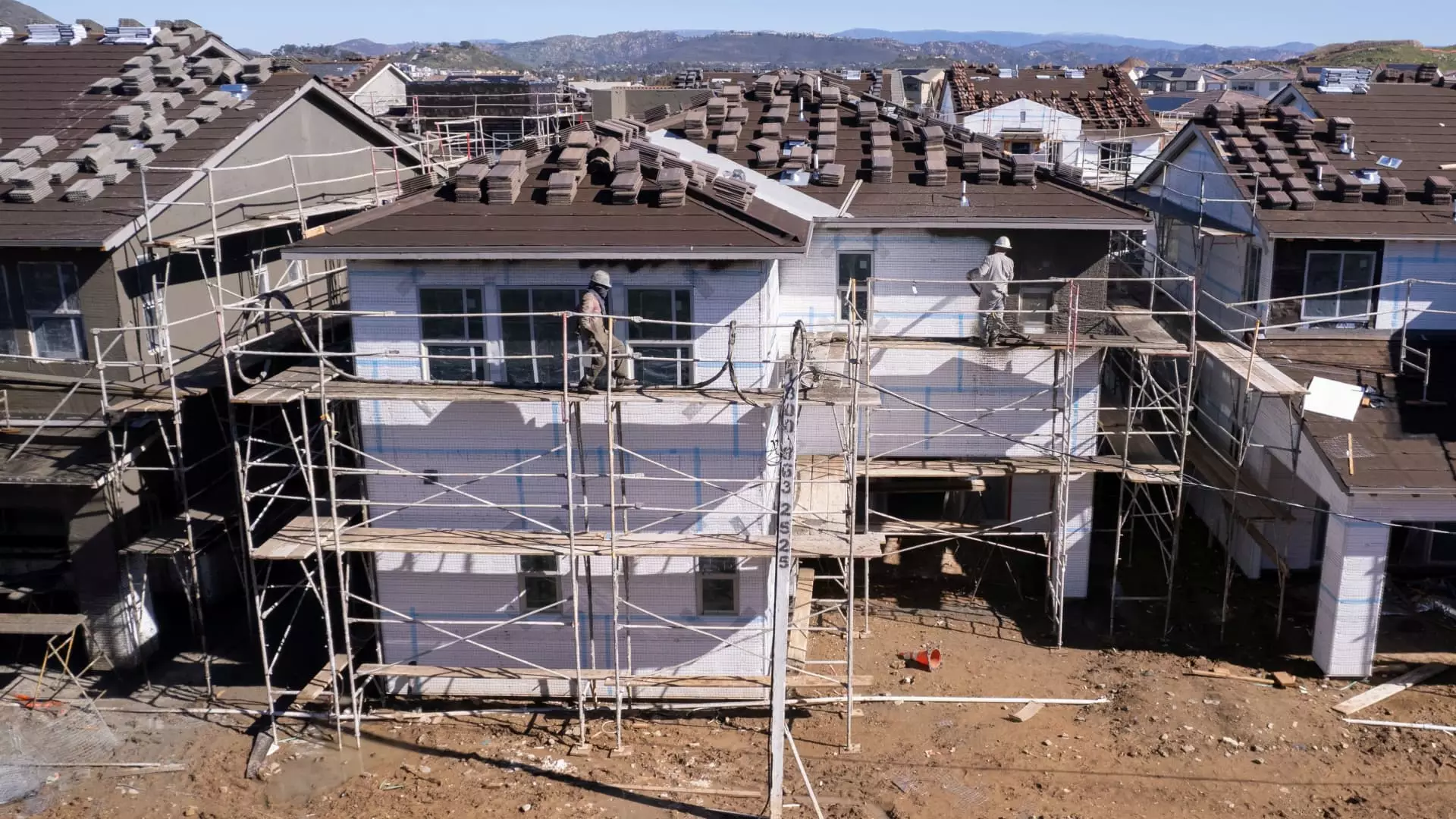In the past decade, top homebuilders such as D.R. Horton and Lennar have outperformed the S&P 500 in terms of shareholder returns. However, recent investment outlook downgrades by analysts have cast a shadow of uncertainty over the industry. Despite this, some investors remain optimistic about the future performance of homebuilders.
Industry observers note that the market positions of leading homebuilders have strengthened since the 2007-2008 financial crisis. Stimulus packages in the early 2010s provided a significant liquidity boost to these companies, enabling them to leverage resources effectively. However, lower levels of competition among homebuilders may contribute to the ongoing housing shortage in the United States.
Research indicates that the U.S. faces a shortage of anywhere from 2 million to 20 million housing units. Factors such as restrictive zoning laws and a cumbersome permit approval process have slowed down residential projects in many areas. This has led to a rise in housing prices and limited availability, particularly for first-time homebuyers.
Policy decisions and political viewpoints play a significant role in shaping the pace of residential construction. Vice President Kamala Harris has advocated for zoning reform and subsidies to address the housing shortage. In contrast, former President Donald Trump has opposed densification efforts in suburban areas and criticized inflationary pressures impacting housing costs.
The homebuilding industry faces a mix of challenges and opportunities in the coming years. While trends such as rising mortgage rates and inflation pose risks, the demand for new housing remains strong. Addressing issues related to zoning, permitting, and affordability will be critical in meeting the housing needs of a growing population.
The homebuilding industry is at a crossroads, with both promising opportunities and daunting challenges ahead. As stakeholders navigate through market shifts and policy dynamics, strategic planning and innovation will be key to driving sustainable growth and addressing the housing needs of communities across the country. By staying abreast of market trends and regulatory changes, homebuilders can position themselves for success in a rapidly evolving landscape.

Leave a Reply